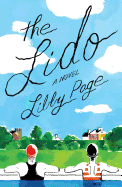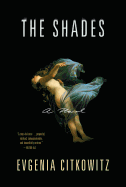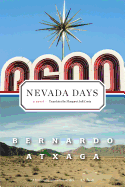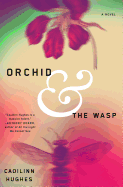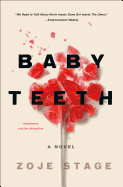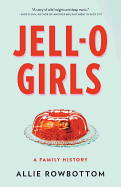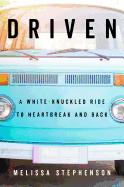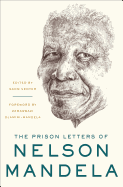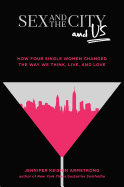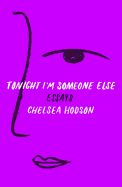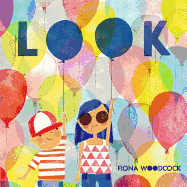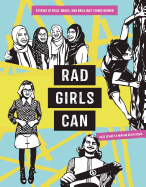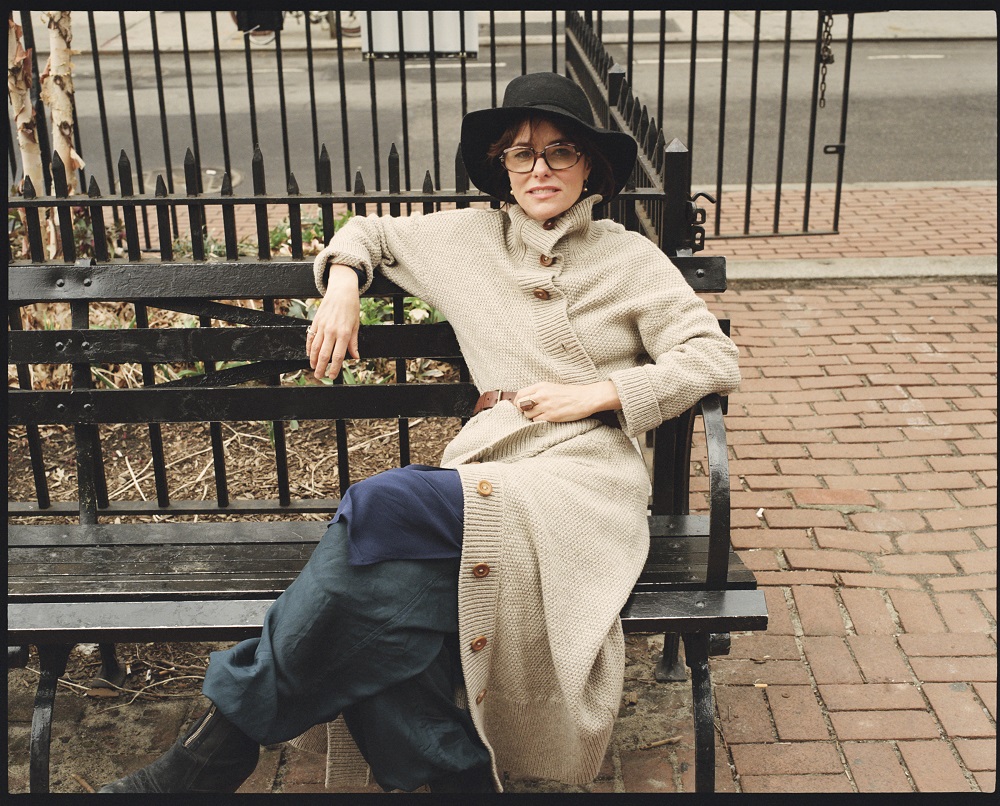 |
| photo: Clement Pascal |
Parker Posey has been dubbed "the queen of the indies" for her extensive film credits, which include Richard Linklater's Dazed and Confused
, Zoe Cassavetes's Broken English
and Christopher Guest's mockumentary Best in Show
. Her memoir, You're on an Airplane: A Self-Mythologizing Memoir
(out now from Blue Rider Press, $28), is full of intimate reflections on Posey's life, from her premature birth to the roller coaster of show business, with asides for turban tying and yoga instruction, all complemented by the author's own illustrations and a few family recipes.
Your memoir is framed like a conversation between two people seated together on a flight. Did you imagine it being an airplane read?
There's a certain kind of conversation, a way of sharing that happens when you know you'll never see that person again. I really wanted to write something light, but intimate as well. And it started out like those coloring books that you used to get at airports: relax and meditate and color on your trip. I loved that idea because you do get into a certain kind of mindset. The book could be in the kitchen, it could be in the garage, it could be in the back of the car. A kid might like it. I wanted kind of like a hodgepodge and a self-published feel.
Like a conversation, the book moves more organically, not exactly chronologically, so I could pick it up and read about your childhood or your pottery or the chapter about learning yoga or about Nora Ephron or about....
Or about Shirley MacLaine. Yeah, it's a kaleidoscope. I guess that's probably why I wanted images to color, too. Remember when you would have books as a kid and you'd always go to the pictures first? You'd kind of circle around the book before reading it. It's me: an actor playing with paper. How much can I go with myself in this process and be as free as I want to be and then try to find a certain order? My editor helped me with that in the beginning.
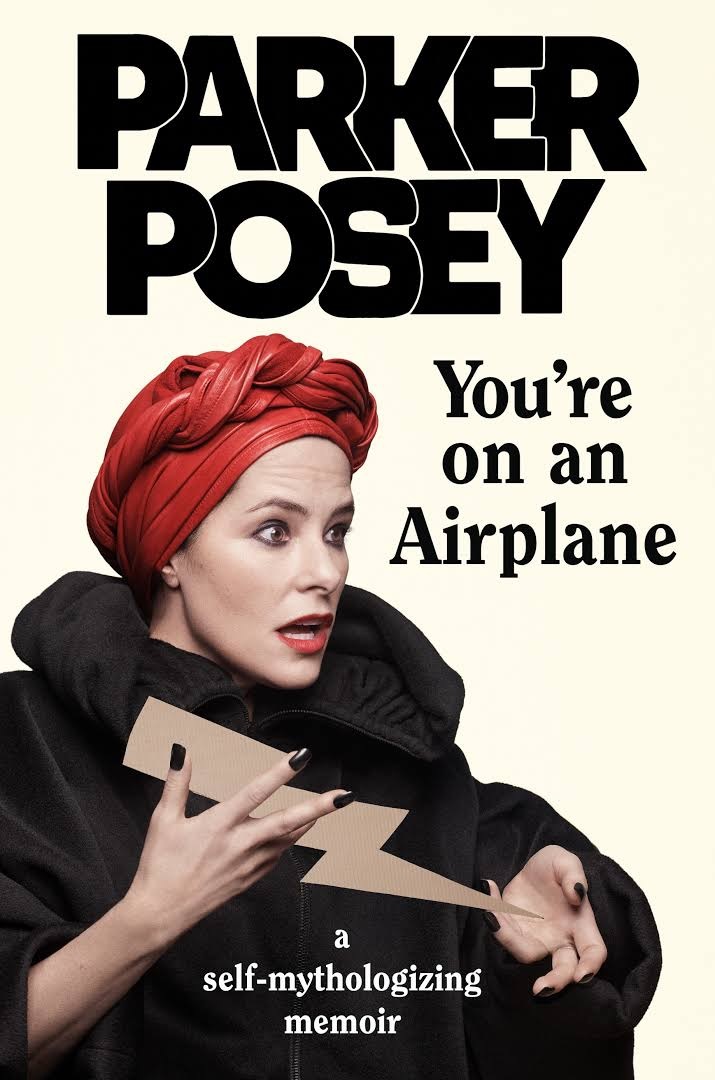 You call the book a self-mythologizing memoir--how does that form work?
You call the book a self-mythologizing memoir--how does that form work?
Every memoir is self-mythologizing. I thought there was something funny and true about titling it that. This is me playing with the mythology of my childhood. I also love that Aristotle quote: "Give me a child by the age of seven, I'll show you the man." Here are things that come up inside our psyches. No matter how mundane they seem, they repeat themselves. Like, why are you an actor? I always loved going into old people's homes and sitting on their couches. It's storytelling and it's listening.
This book was written, I guess, pretty quickly. And intensely. I wanted to be playful with it. I loved The Power of Myth. I loved Joseph Campbell. And I was going through my family photographs and taking pictures myself and making collages and seeing how images dance with text. You can rip out a picture and put it on your wall. It's very 1990s fanzine DIY, which felt really true to my generation and to me.
When you fly places, do you talk to people next to you on the plane?
Of course. If they seem open. I'm always interested in that connection. I think it's a part of being a twin. You know it is this real desire to connect. You just have to have faith that in a time when we're talking less and less to each other, you'll connect. And it just feels like you're at the right place at the right time and not in this other zone where you're creating your reality from your social media or whatever.
Have you shared the book with your family?
My brother just came to visit, so I was able to show some of it to him and that was really great. Maybe I'll write something with him next, go down south. The south is so rich for storytelling. I mean it is really to be believed. My Aunt Peggy really did shoot my dad in between the eyes and the BB stuck and a teacher squeezed it out.
I'm sure the [family] will also have opinions, like that didn't really happen, or something, which really isn't the point. This is what I remember. They're southern Catholics, they're very religious. They loved and accepted me even being, what would you call it, the whore of Babylon? I think that's a good ending. --
Kristianne Huntsberger, writer, storyteller and partnership marketing manager at
Shelf Awareness
Parker Posey: From the Window Seat
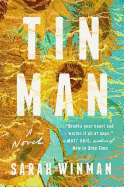 Tin Man (Putnam, $23) by Sarah Winman is physically perfect for a hammock: compact and short, yet, as our reviewer wrote, "epic in its portrayal of friendship, love and loss." Following the intertwined lives of three friends--Ellis, Michael and Annie--for 40 years, shifting through sex, marriage and tragedy, Winman deftly limns gentle joy and abiding love. "Plan to read it twice: first for the story, then to savor the beauty of the poetic symbolism threaded throughout the sparsely crafted prose."
Tin Man (Putnam, $23) by Sarah Winman is physically perfect for a hammock: compact and short, yet, as our reviewer wrote, "epic in its portrayal of friendship, love and loss." Following the intertwined lives of three friends--Ellis, Michael and Annie--for 40 years, shifting through sex, marriage and tragedy, Winman deftly limns gentle joy and abiding love. "Plan to read it twice: first for the story, then to savor the beauty of the poetic symbolism threaded throughout the sparsely crafted prose."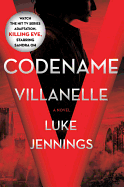 There is no joy or redemption in Codename Villanelle (Mulholland Books, $25) by Luke Jennings but there are thrills galore. Fans who have discovered the mind-bending BBC adaptation called Killing Eve will know who Villanelle is--a brutally inventive and efficient assassin. Beautiful, scarily intelligent and totally amoral. Former MI-5 officer Eve Polastri is recruited to hunt her down; at first, they seem wildly mismatched, but Eve becomes increasingly obsessed with Villanelle and good at their cat-and-mouse games, while Villanelle becomes obsessed with Eve. --Marilyn Dahl, reviewer
There is no joy or redemption in Codename Villanelle (Mulholland Books, $25) by Luke Jennings but there are thrills galore. Fans who have discovered the mind-bending BBC adaptation called Killing Eve will know who Villanelle is--a brutally inventive and efficient assassin. Beautiful, scarily intelligent and totally amoral. Former MI-5 officer Eve Polastri is recruited to hunt her down; at first, they seem wildly mismatched, but Eve becomes increasingly obsessed with Villanelle and good at their cat-and-mouse games, while Villanelle becomes obsessed with Eve. --Marilyn Dahl, reviewer



 You call the book a self-mythologizing memoir--how does that form work?
You call the book a self-mythologizing memoir--how does that form work?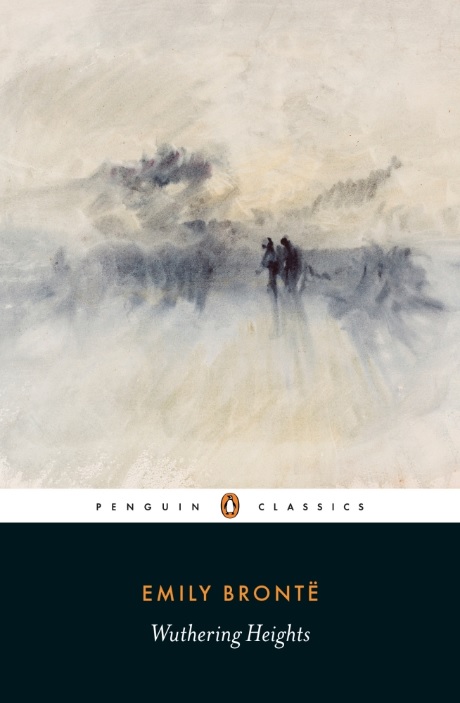 July 30, 2018, marks the 200th birthday of Emily Brontë, poet and author of Wuthering Heights. Emily (1818-1848) belonged to a family as gifted by literary talent as they were struck by tragedy. Charlotte Brontë, author of Jane Eyre, died at age 38; Anne Brontë, author of The Tenant of Wildfell Hall, died at age 29; brother Branwell Brontë, poet and painter, died at age 31; two older sisters and the Brontës' mother also died young. Emily, Anne and Charlotte first appeared in print under the names Currer, Ellis and Acton Bell to avoid prejudices against female writers. The first edition of their collected poetry sold only two copies but spurred the sisters to complete their novels. The success of Charlotte's Jane Eyre made later reprints of Poems by Currer, Ellis and Acton Bell far more widely read.
July 30, 2018, marks the 200th birthday of Emily Brontë, poet and author of Wuthering Heights. Emily (1818-1848) belonged to a family as gifted by literary talent as they were struck by tragedy. Charlotte Brontë, author of Jane Eyre, died at age 38; Anne Brontë, author of The Tenant of Wildfell Hall, died at age 29; brother Branwell Brontë, poet and painter, died at age 31; two older sisters and the Brontës' mother also died young. Emily, Anne and Charlotte first appeared in print under the names Currer, Ellis and Acton Bell to avoid prejudices against female writers. The first edition of their collected poetry sold only two copies but spurred the sisters to complete their novels. The success of Charlotte's Jane Eyre made later reprints of Poems by Currer, Ellis and Acton Bell far more widely read.